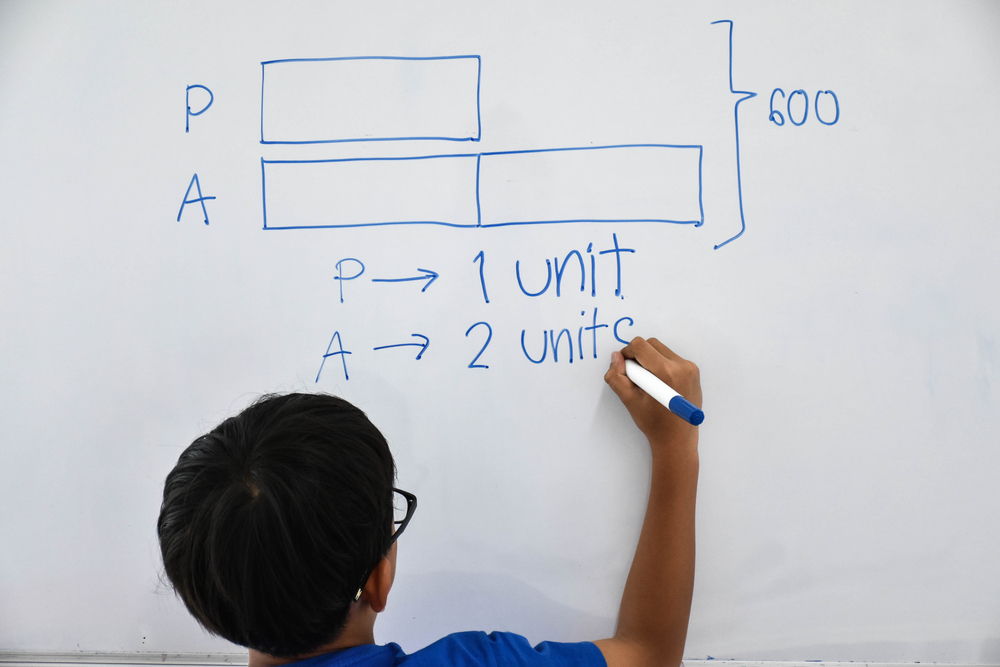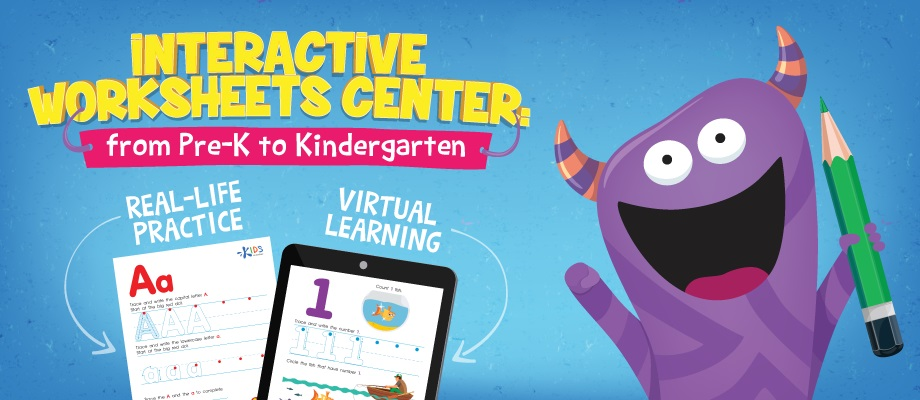Normal Tracing Letters worksheets activities for Ages 8-9
19 filtered results
-
From - To
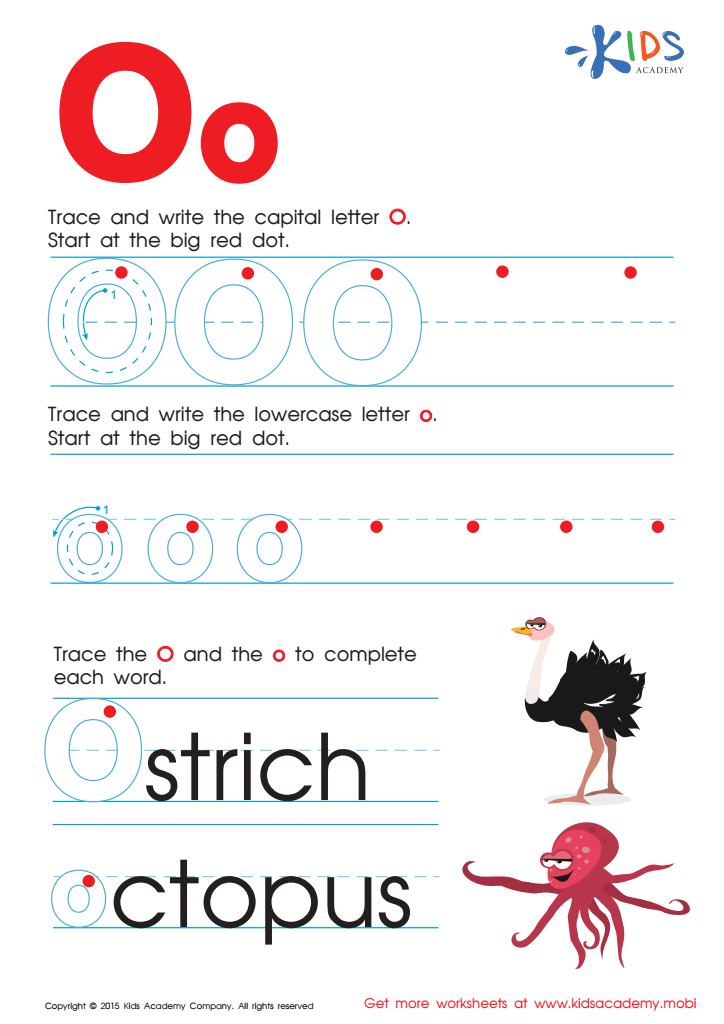

Letter O Tracing Page


Letter P Tracing Page
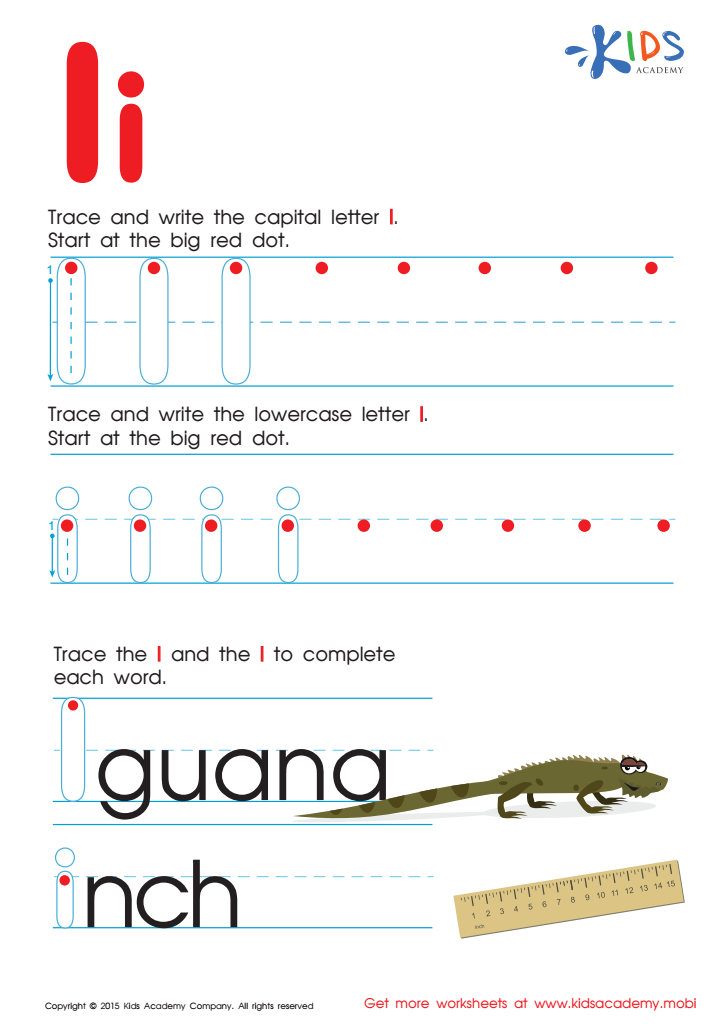

Letter I Tracing Page


Letter Q Tracing Page


Letter H Tracing Page
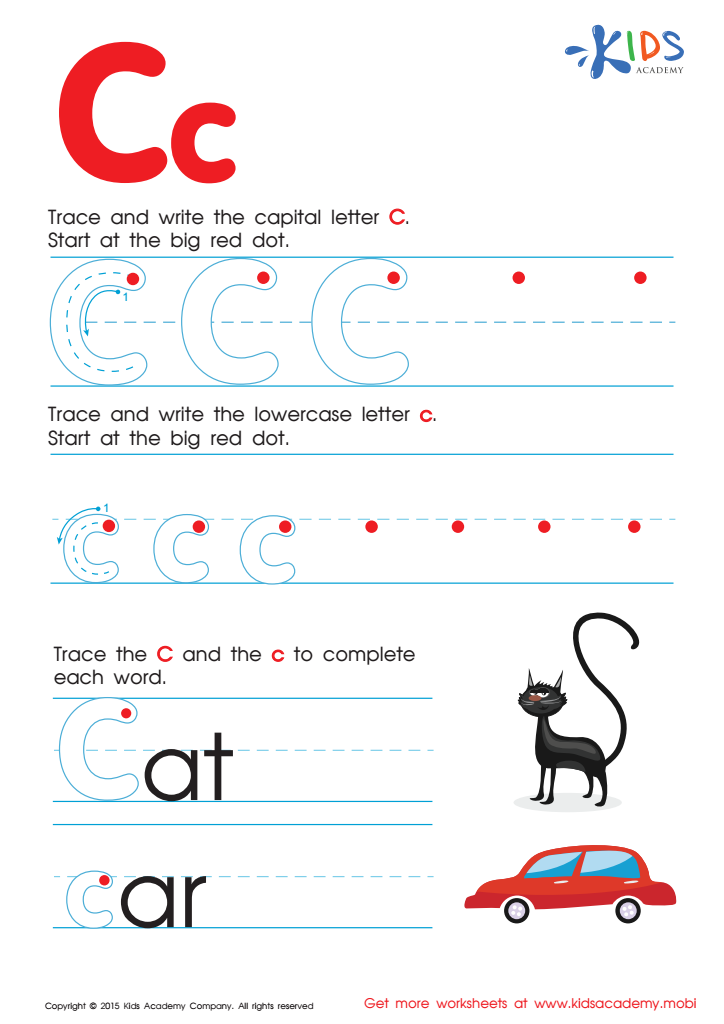

Letter C Tracing Page
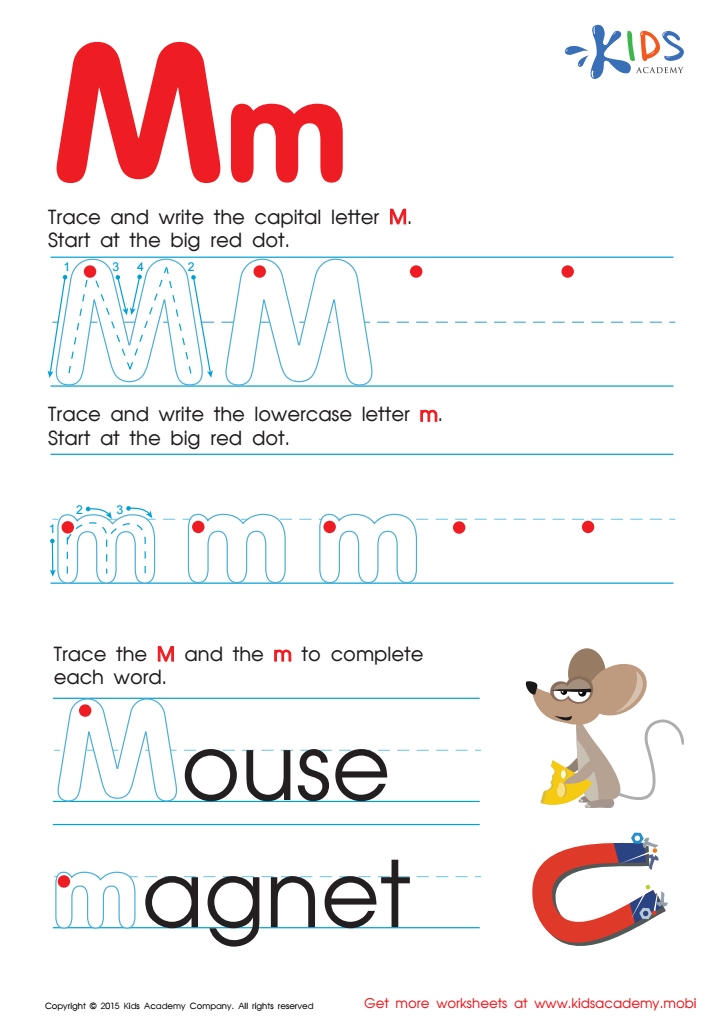

Letter M Tracing Page


Letter G Tracing Page
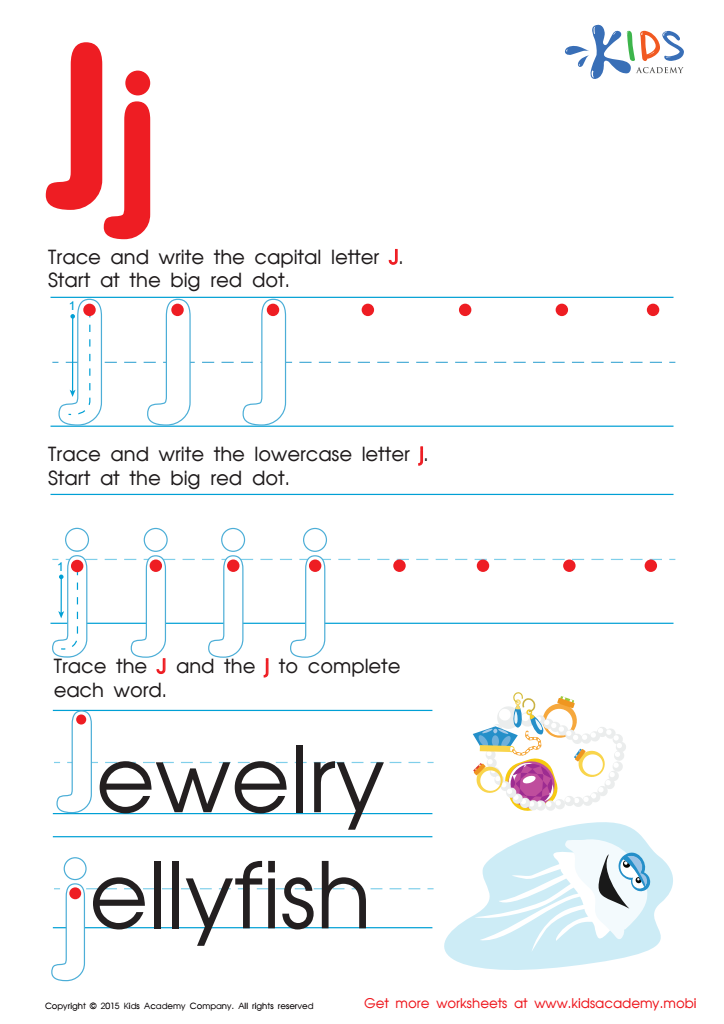

Letter J Tracing Page
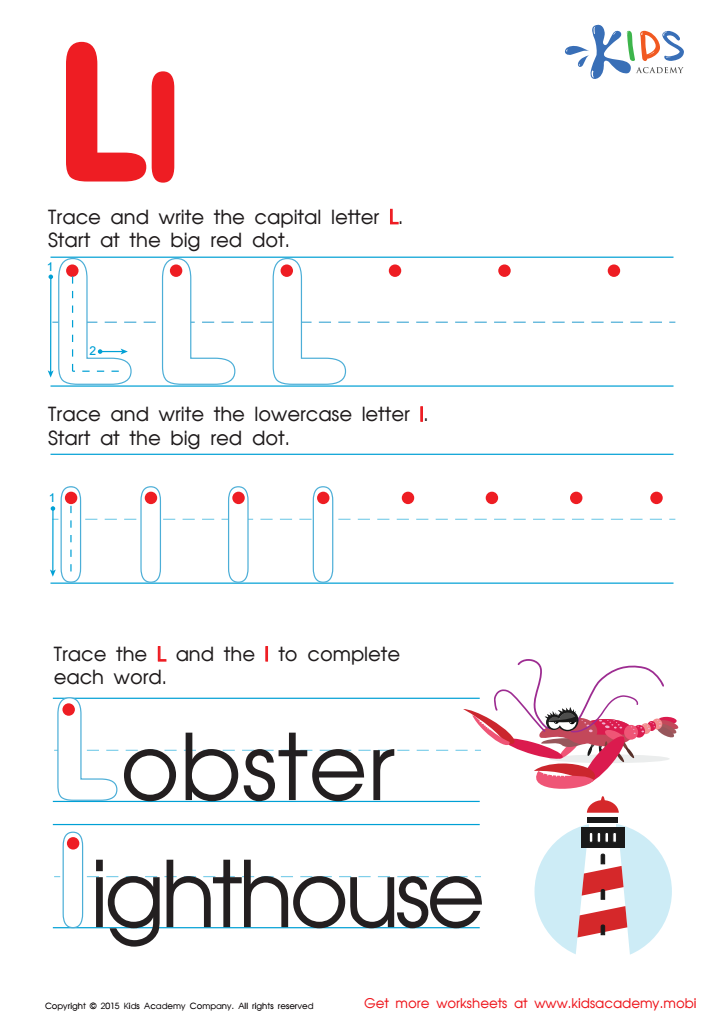

Letter L Tracing Page
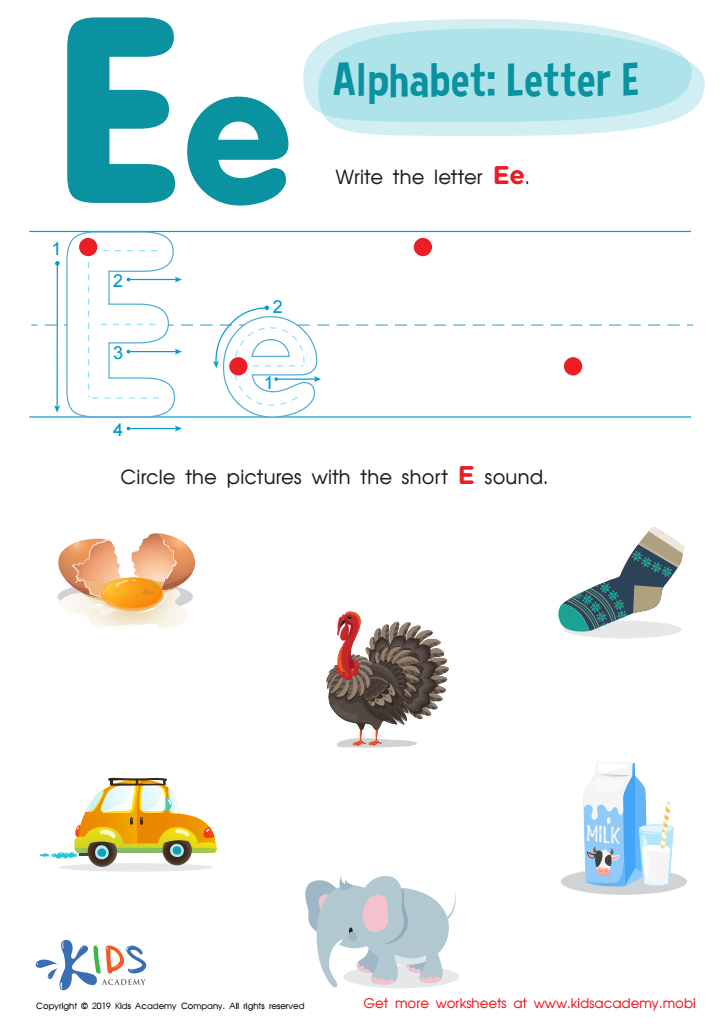

Letter E Tracing Worksheet
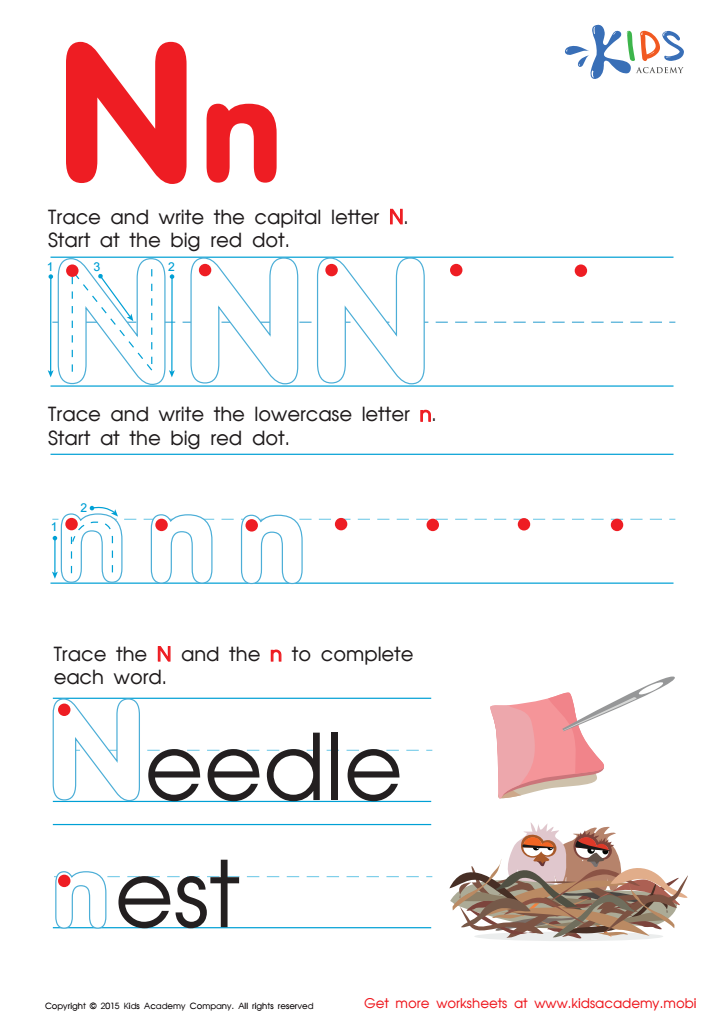

Letter N Tracing Page
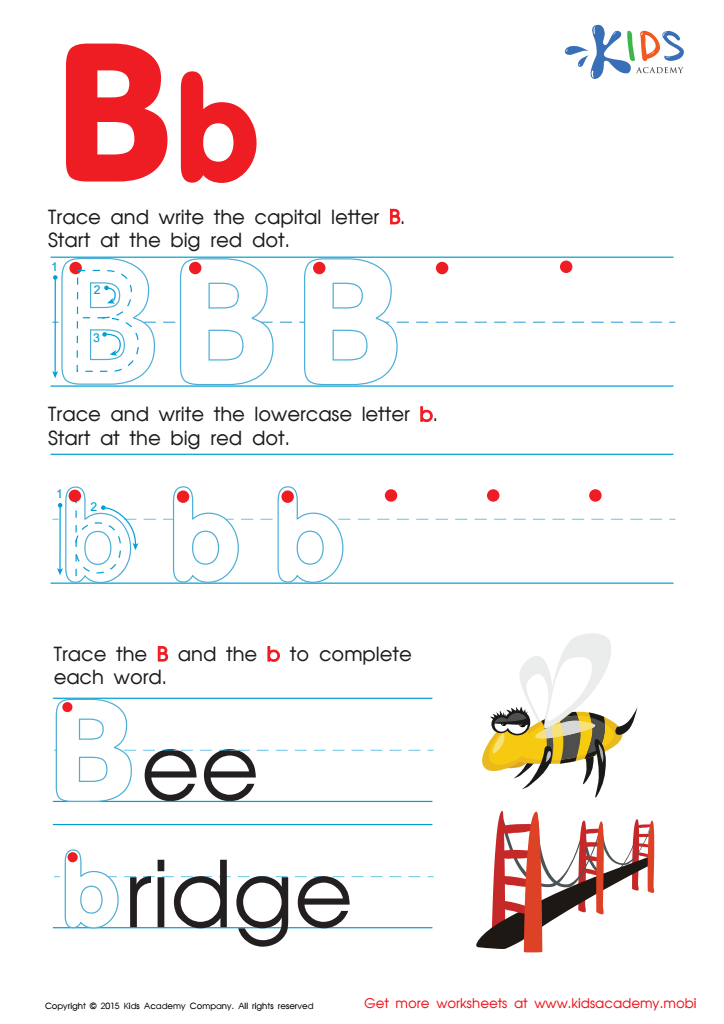

Letter B Tracing Page
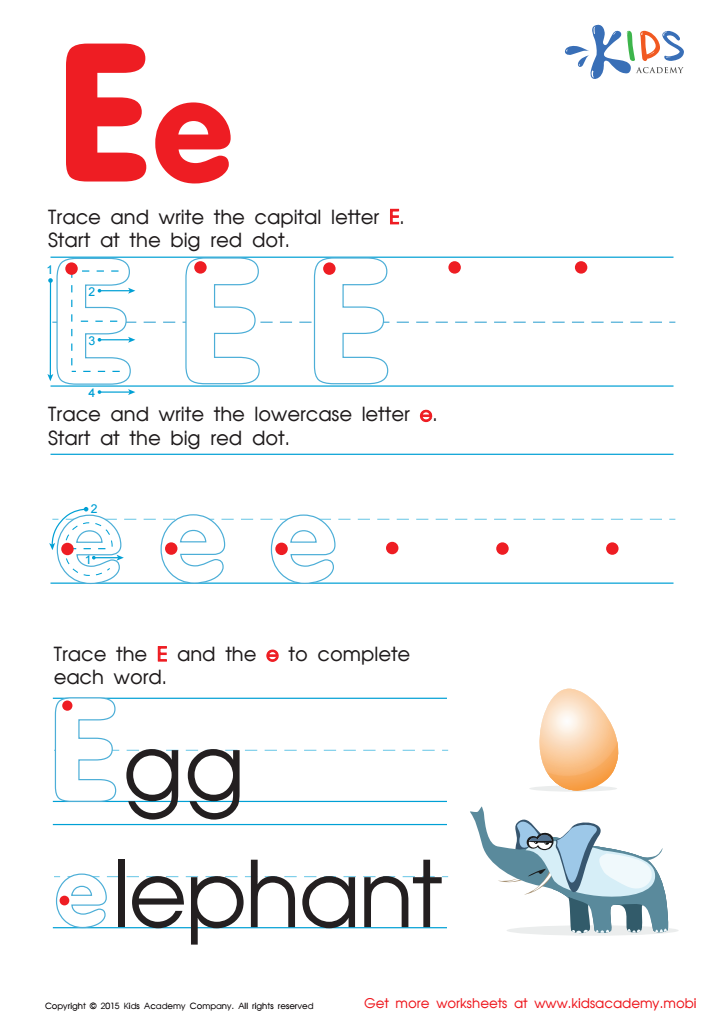

Letter E Tracing Page
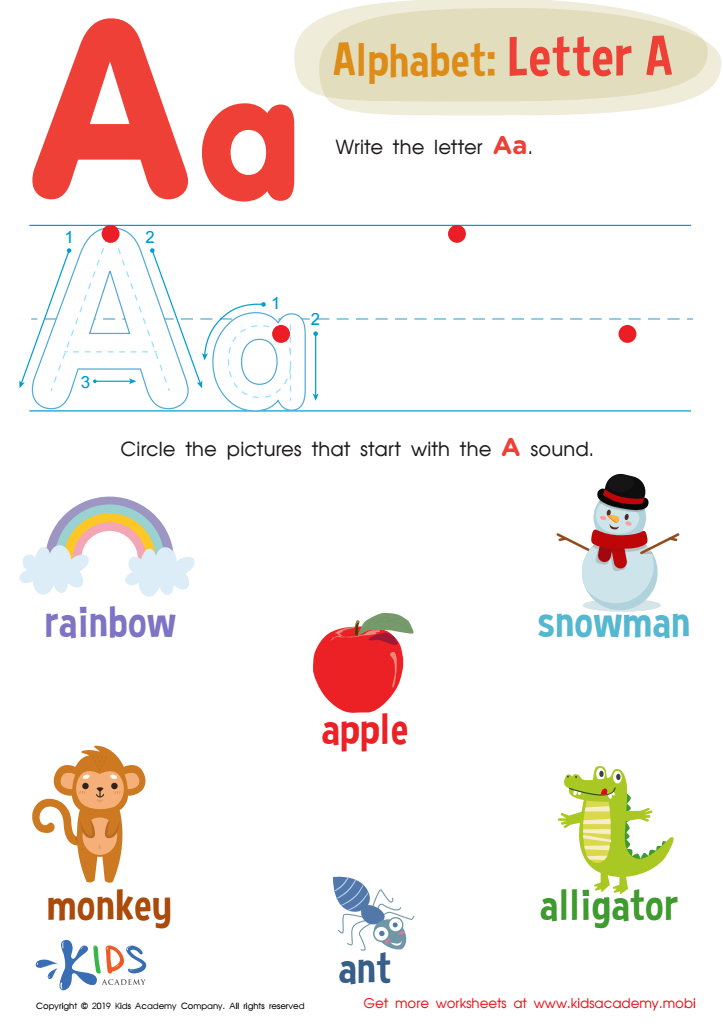

Letter A Tracing Worksheet
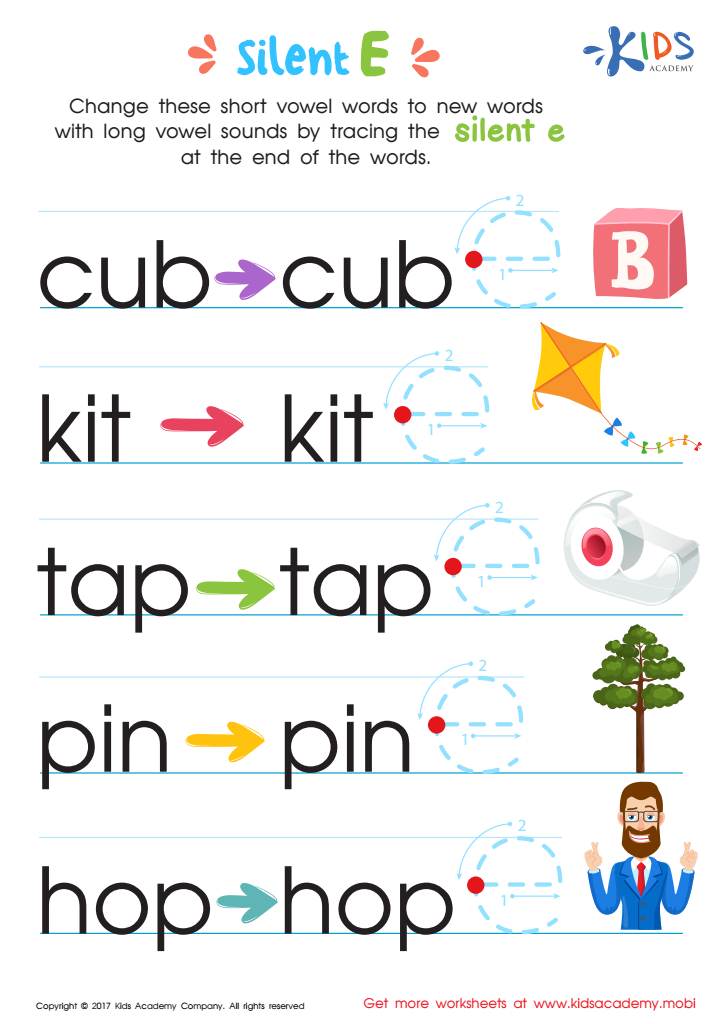

Silent E Words Worksheet
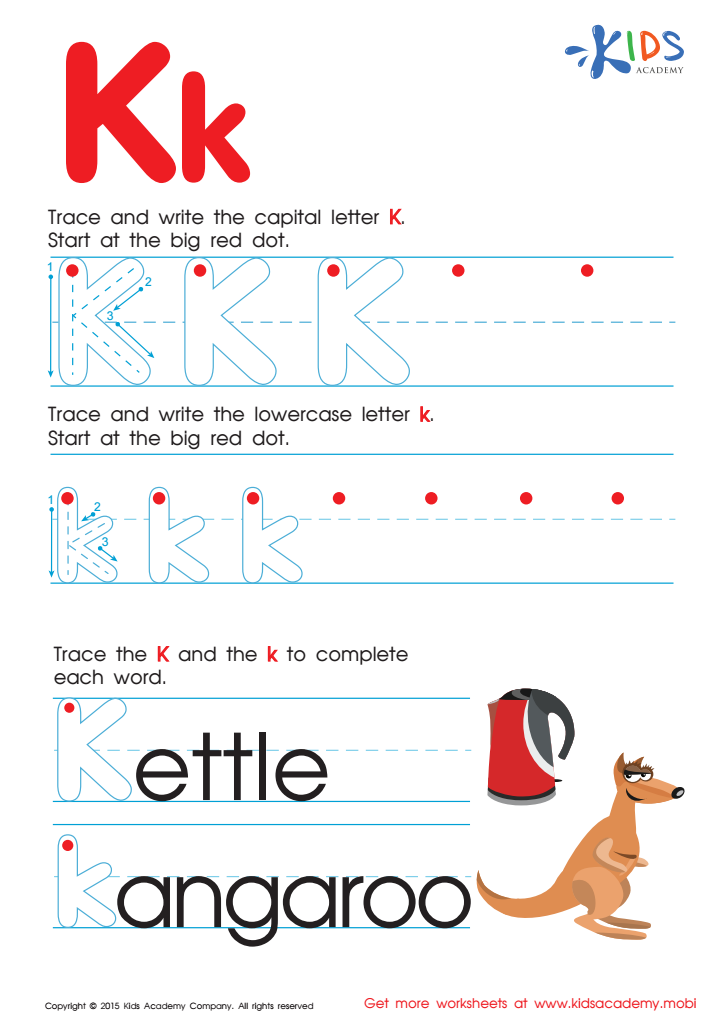

Letter K Tracing Page
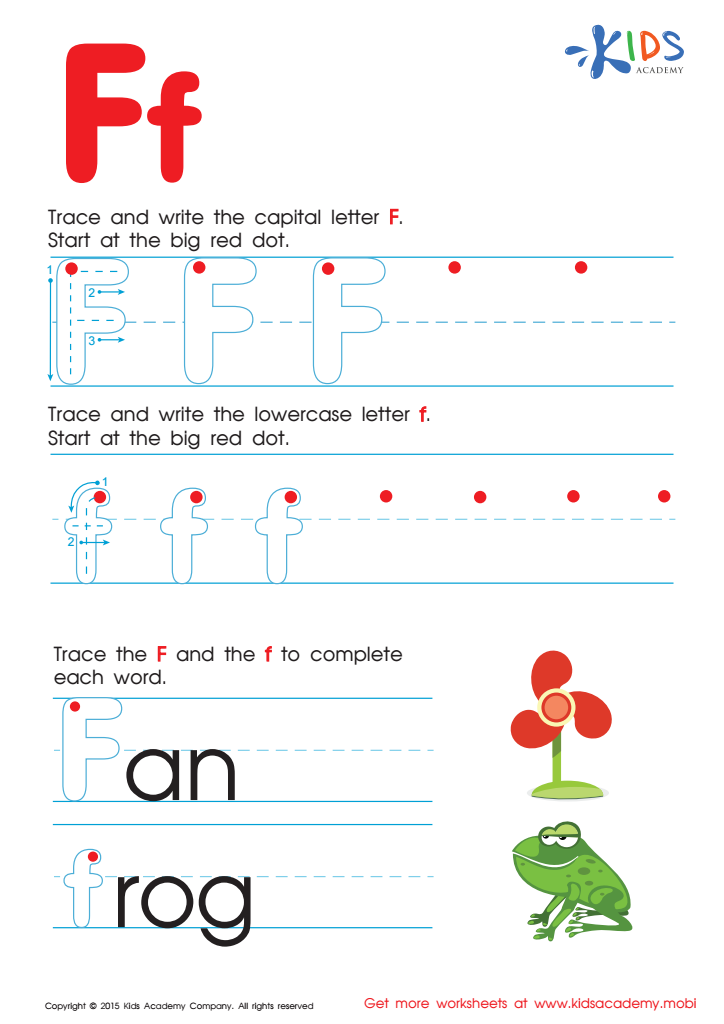

Letter F Tracing Page


Letter D Tracing Page
Normal Tracing Letters worksheets activities stand as a fundamental building block in the realm of early childhood education. These seemingly simple exercises are meticulously designed to guide young learners along the path of literacy, providing a structured yet engaging way to familiarize themselves with the alphabet. The significance of these activities cannot be overstated, as they lay the groundwork for a lifetime of reading and writing skills.
First and foremost, Normal Tracing Letters worksheets activities enhance fine motor skills. As children trace over letters, they develop control and dexterity in their hands and fingers. This increased motor control is essential not only for writing but also for other everyday tasks. Furthermore, these activities foster hand-eye coordination, as children must carefully guide their writing instrument along the specified path, a skill that is crucial for a wide array of activities beyond writing.
Cognitive development is another key benefit. Engaging in Normal Tracing Letters worksheets activities allows children to recognize and differentiate between various letter shapes, an essential step toward reading fluency. This visual discrimination aids in memorizing the alphabet, setting a strong foundation for decoding words and sentences in the future. Moreover, as children become more proficient in tracing, they gain confidence in their abilities, which can foster a positive attitude toward learning.
Additionally, these worksheets offer the invaluable benefit of familiarity with the alphabet. As children repeatedly trace each letter, they internalize its shape, sound, and place within the alphabet sequence. This familiarity is crucial for reading readiness, as it enables children to effortlessly recognize letters in various contexts, be it in books, signs, or digital media.
In conclusion, Normal Tracing Letters worksheets activities are much more than mere pre-writing exercises. They are a comprehensive educational tool that supports the holistic development of young learners, preparing them for the complex world of literacy with a firm, confident foundation.
 Assign to My Students
Assign to My Students





